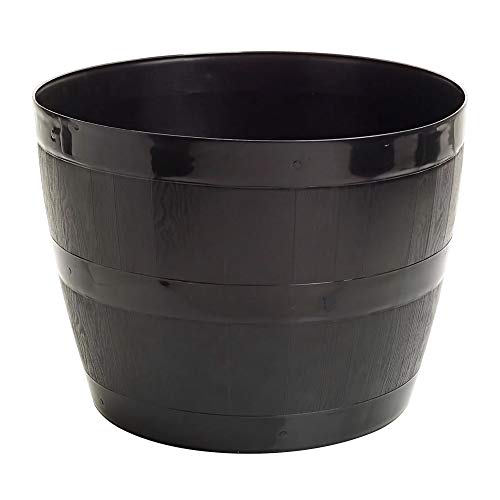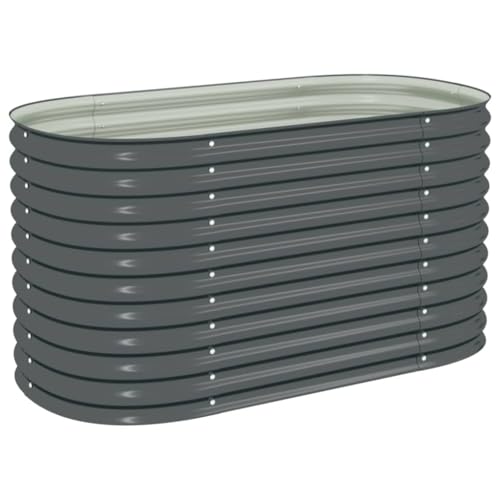The 5 bulbs to avoid planting in pots, according to gardening experts - or risk being disappointed by your floral displays
Discover which bulbs to never plant in pots for a beautiful garden display this spring
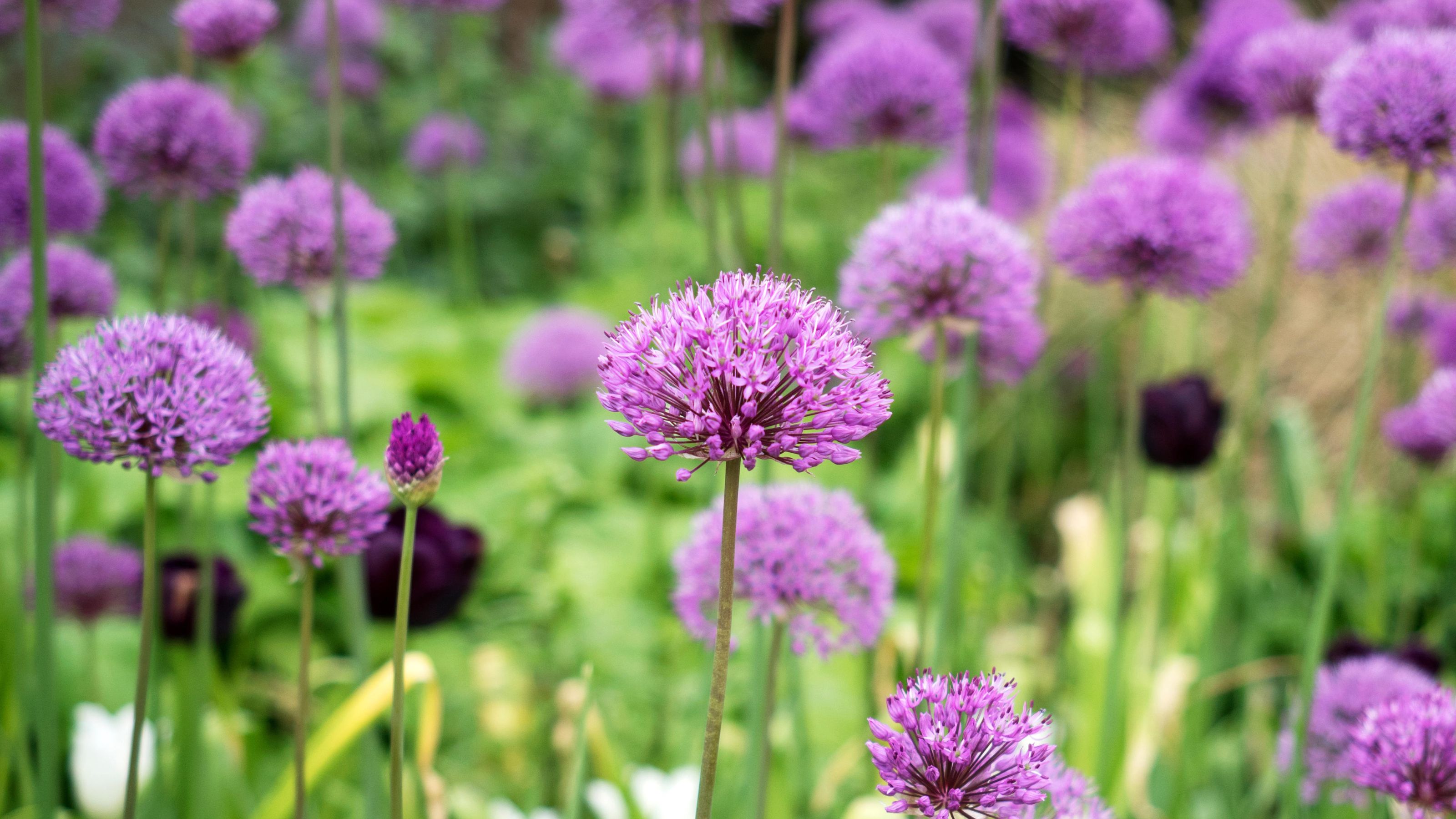
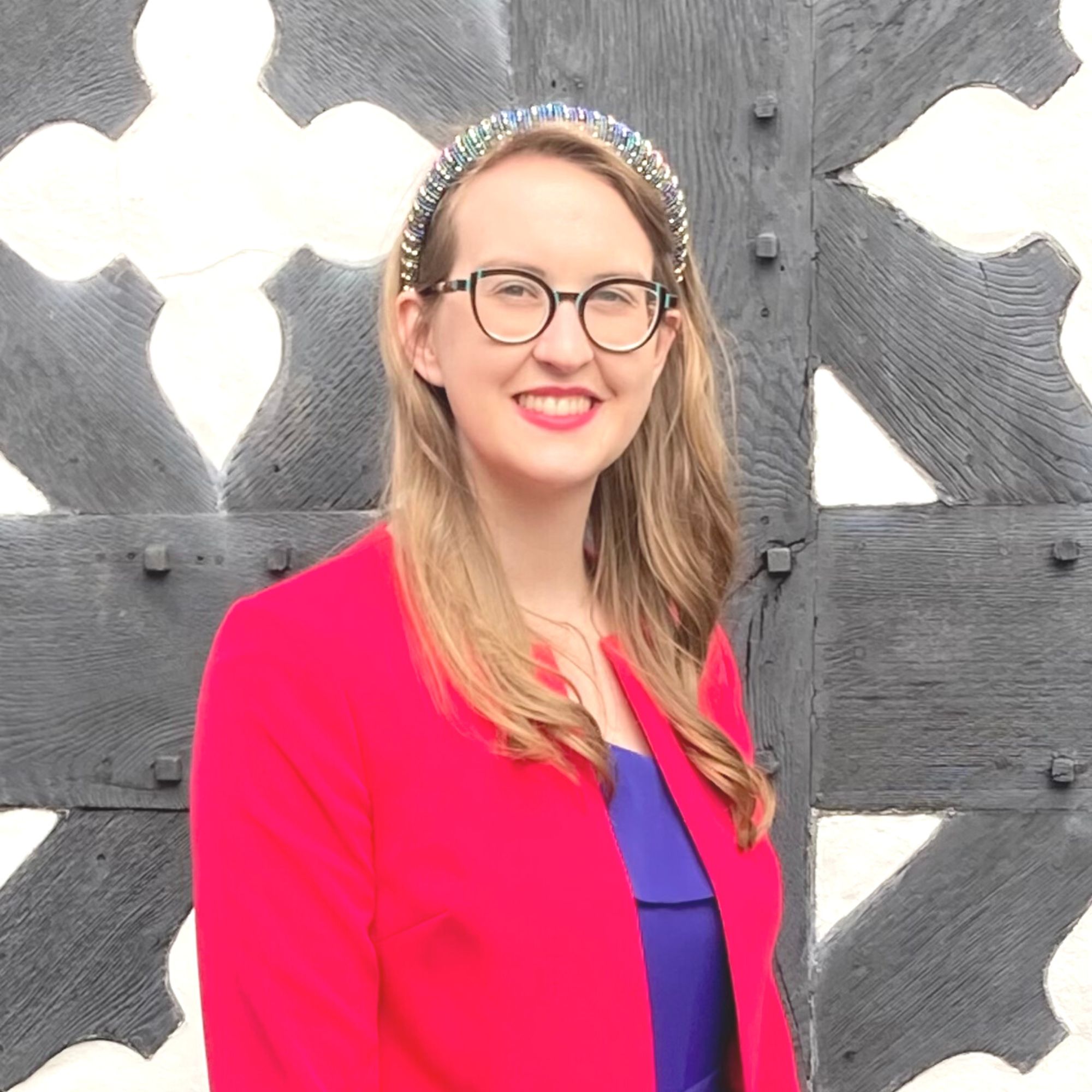
There are some bulbs to never plant in pots – this is usually because they grow into very large plants, that benefit from being able to grow very deep roots, or because they struggle in the drier and less nutritious environments that pots provide.
Making sure you know which bulbs to never plant in pots will help to ensure that your garden erupts with beautiful blooms come spring. It is also important that you know how to plant bulbs – as this will have a huge impact on their success and your garden ideas.
While many bulbs can make for a pretty addition to your container garden ideas, it is equally important to know which bulbs to never plant in pots.
On the whole, most bulbs – especially the best spring bulbs for cut flowers – can be grown in pots, so long as the pot is big enough like the ones below
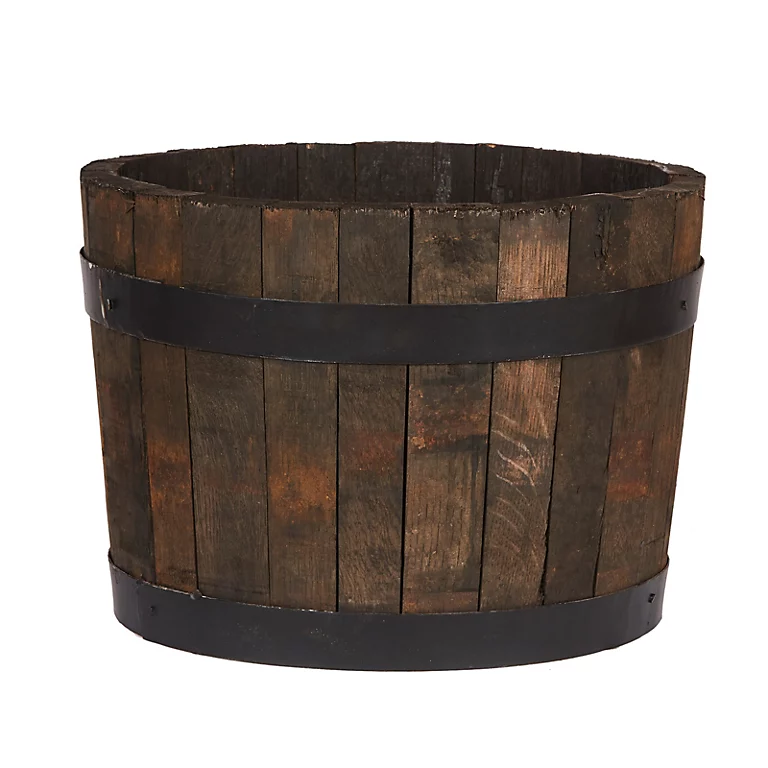
With 37 litre volume, this pot should provide enough space for most bulbs to never plant in pots – just be careful not to overplant.
Some bulbs require significantly larger pots than those you would typically use for tulips or daffodils. These large pots can be quite cumbersome and become a dominating feature of your garden – while this could be a bonus for patio ideas, in gardens with large borders, it is best to plant these bulbs in the ground.
If you are looking to develop your patio or container garden, then turn to the easiest spring bulbs to grow in pots instead. However, when it comes to pots, these are the spring bulbs to avoid.
1. Camassia
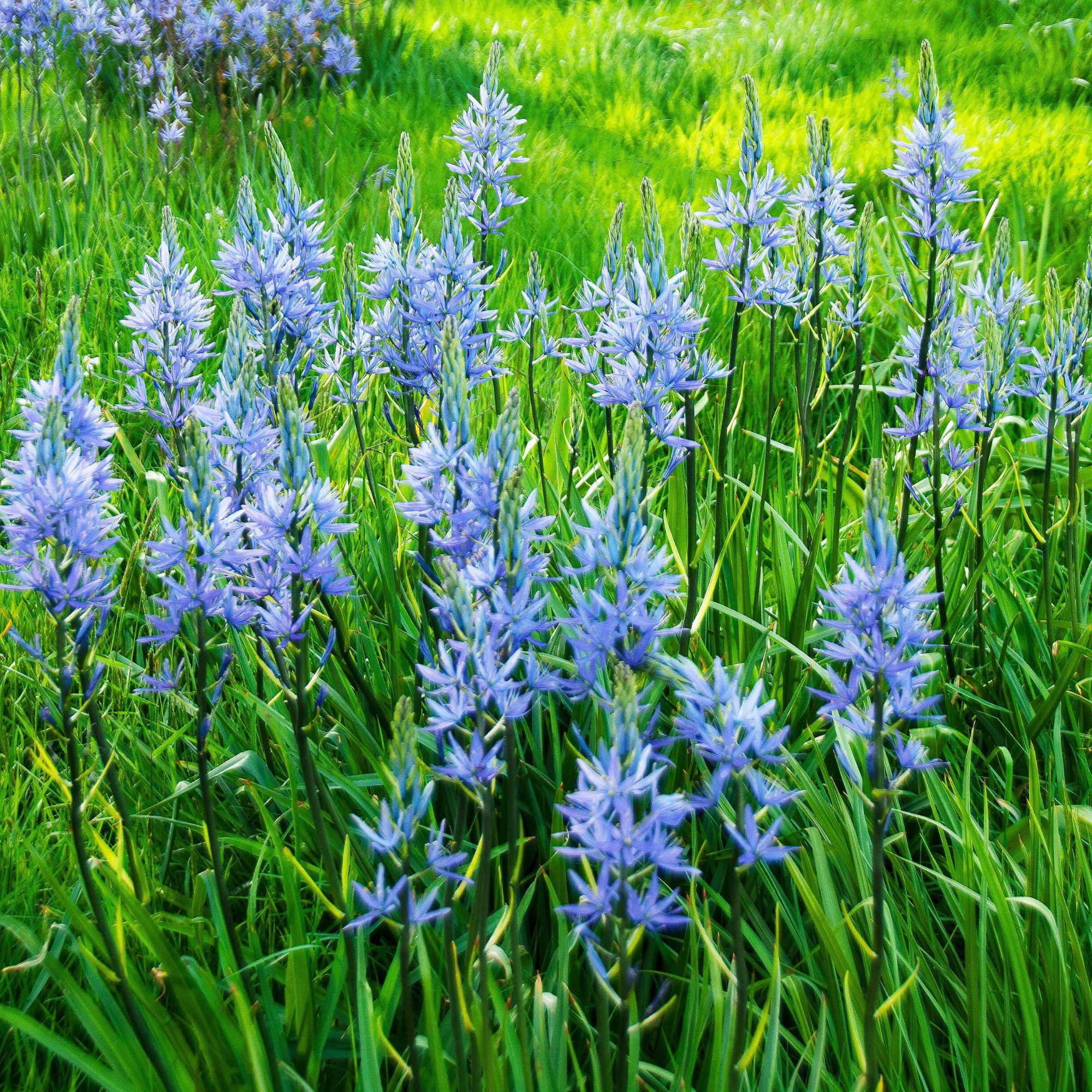
Camassia are loved for their towering blue, purple or white flowers – reaching a full height of 80cm. 'Camassia bulbs don’t like to be disturbed so are better suited to growing in the garden rather than pots,' explains garden expert Sarah Raven. Instead, consider naturalising camassia as part of your lawn ideas.
Get the Ideal Home Newsletter
Sign up to our newsletter for style and decor inspiration, house makeovers, project advice and more.
If you want to try and grow camassia bulbs in pots, opt for the largest pot you can accommodate and leave the pot undisturbed between blooming seasons.
2. Imperial fritillary
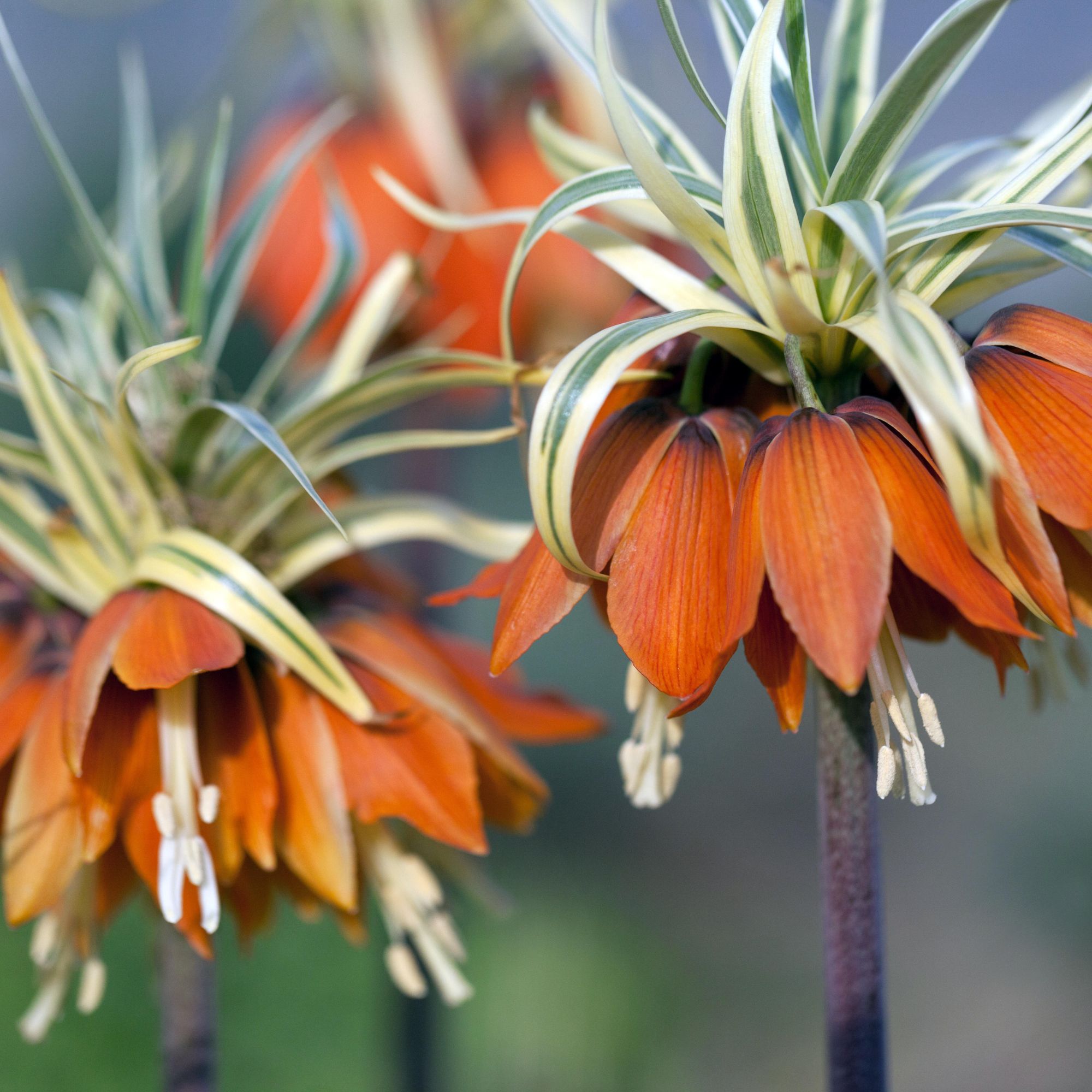
While snake's-head fritillary makes for a beautiful potted display – perfect for small gardens – the towering Imperial fritillary doesn't thrive as well when planted in pots.
Imperial fritillary bulbs need to be planted at a depth of 30cm or more, which when you also consider the room needed for the roots to establish, means they require a very deep pot. At full height, Imperial fritillary can reach at least 1.2m tall.
If you love the look of Imperial fritillary and only have a potted garden – consider a smaller variety such as Fritillaria 'Raddeana' – available at Crocus – which only needs to be planted at 10cm depth, reaching a final height of 60cm.
Regardless of whether you are planting fritillaria in pots or the garden make sure you know when to plant fritillaria bulbs for the greatest chance of success.
3. Dinner plate dahlias
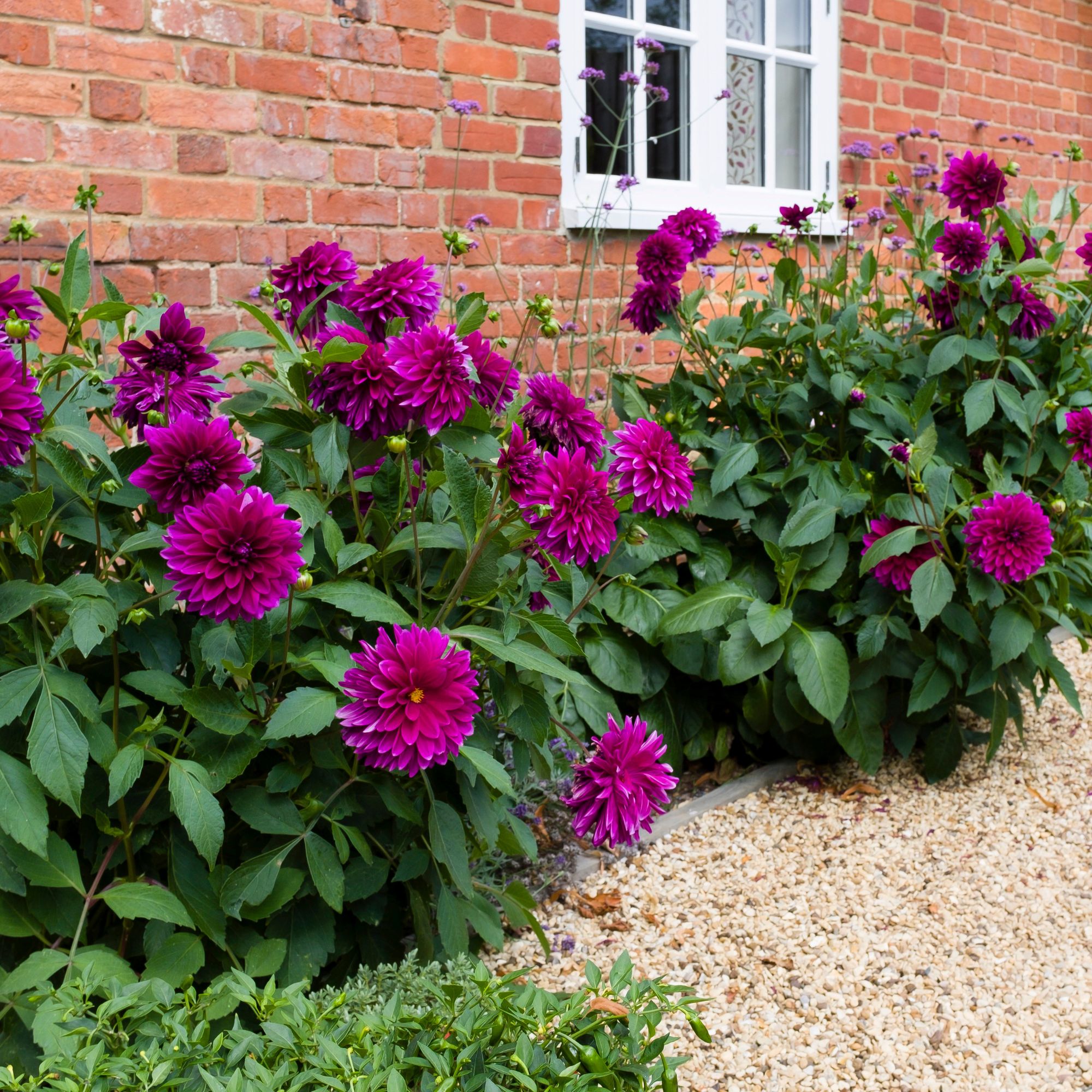
Dinner plate dahlias are a stunning addition to the garden, however, they are very hungry plants and can struggle to get the nutrition required from pots.
Plus, with such large blooms, dinner plate dahlias are quite top-heavy, which can cause the pots to topple in wet or windy weather.
The compacted space within the pot could also limit the amount of blooms that the dahlias produce – and when it comes to dahlia flowers, more is definitely more. To optimise blooms also make sure you know when to plant dahlias and whether you should deadhead dahlias.
Smaller dwarf dahlias – such as the Dahlia 'Cornel' from Crocus or Dahlia 'New Baby' from Sarah Raven – can be grown in pots. Just make sure you know how to grow dahlias in pots to ensure your flower will thrive.
4. Giant allium
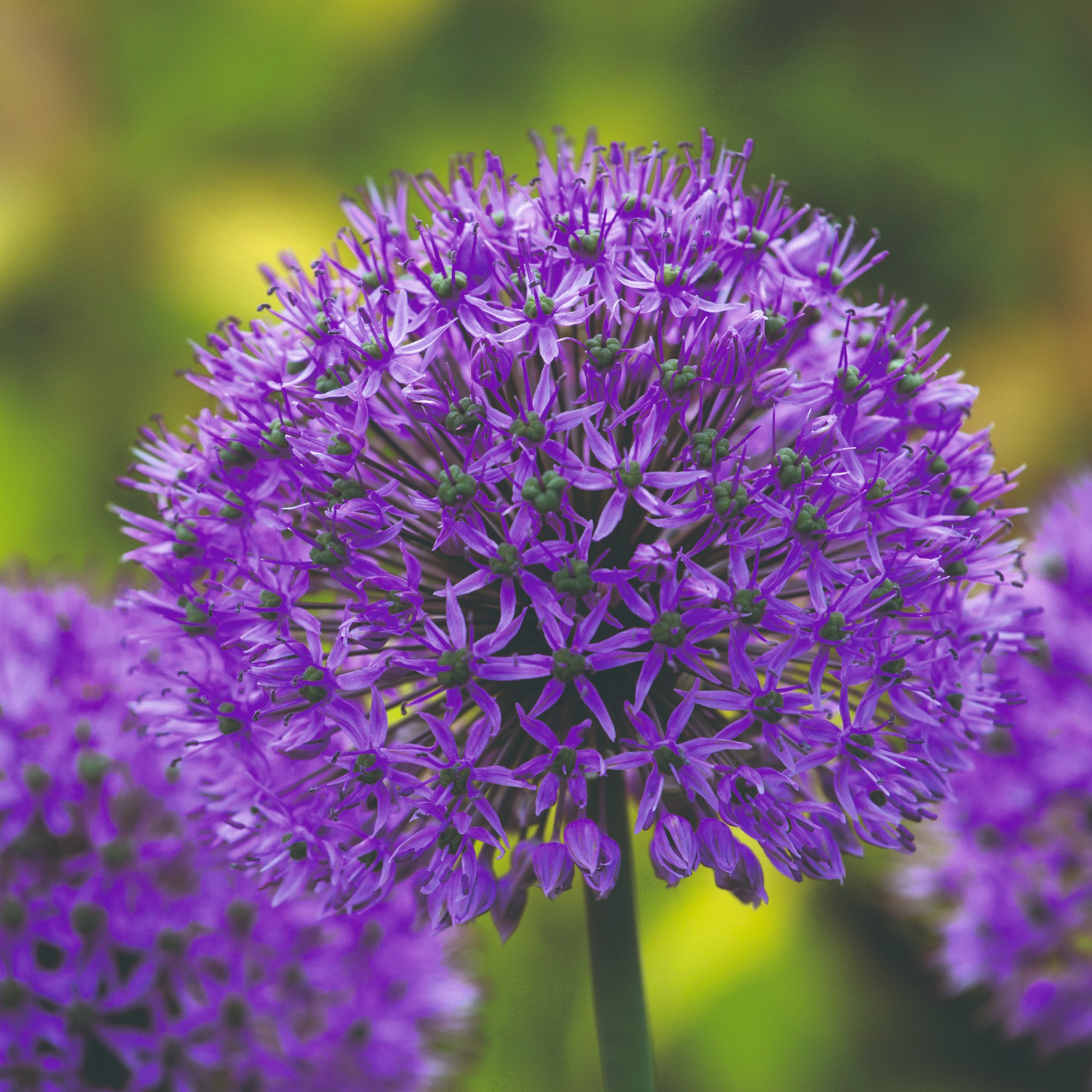
Much like dinner plate dahlias, giant alliums are top-heavy (their flowers can reach up to 20cm in diameter) and can reach heights of between 4 and 6ft, which makes them ill-suited to pots. They also need to be planted quite deep – around 45cm. For these reasons, giant alliums are better suited as part of your garden border ideas.
If you want to grow alliums in pots, opt for smaller varieties such as Allium 'Purple Sensation', Allium 'Millenium' or Allium 'Graceful Beauty'.
Regardless of where you are growing your allium bulbs, make sure you know when to plant allium bulbs and how deep to plant allium bulbs to ensure a beautiful display.
Alliums best suited to growing in borders include:
- Allium 'Globemaster' – available on Farmer Gracey
- Allium Giant collection (four plants) – available on Thompson & Morgan
5. Daylilies
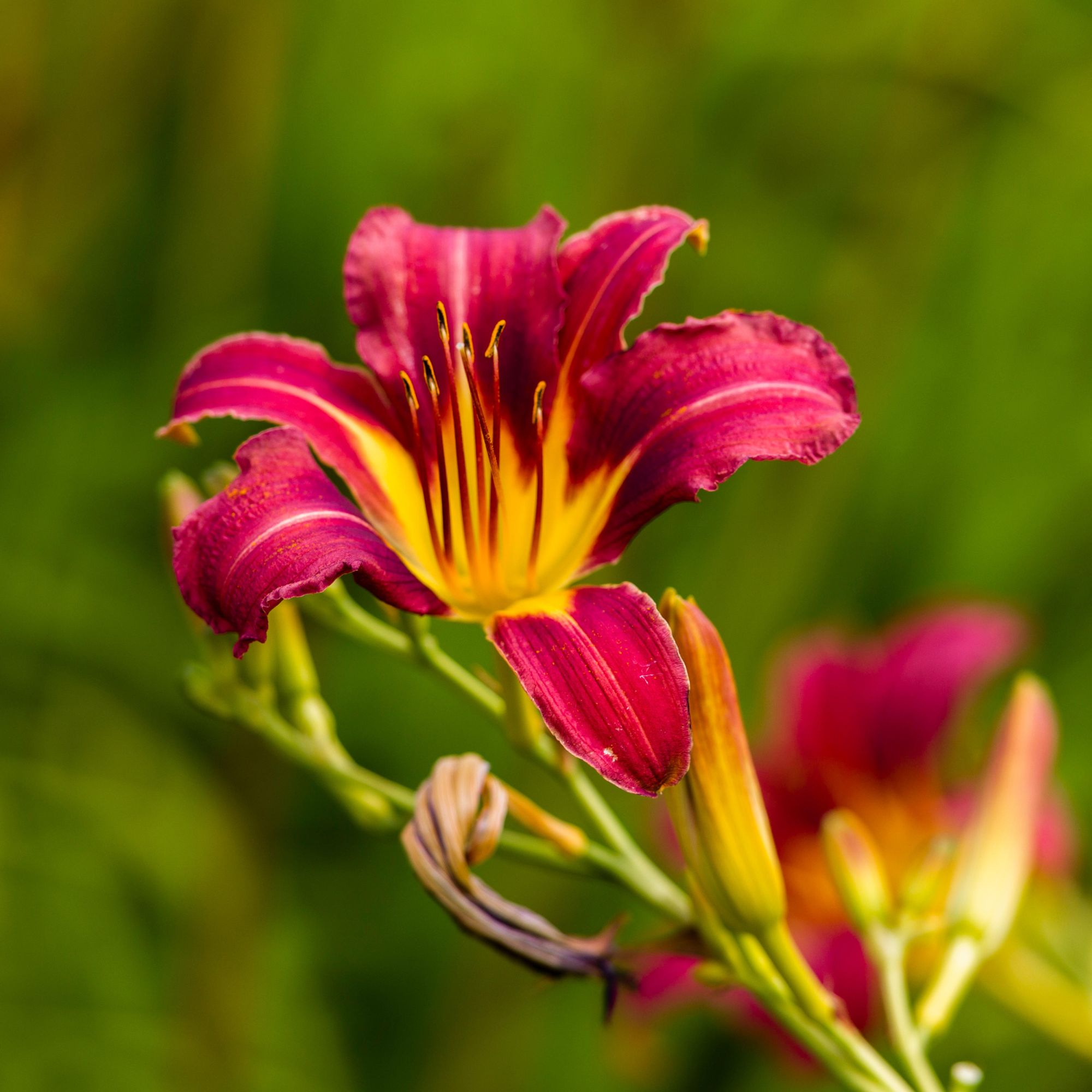
Daylilies are loved for their succession of stunning blooms and dominating presence in the border. However, they struggle to achieve greatness when confined to a pot. 'Smaller varieties – such as 'See You Tomorrow' – are fine in pots, but you need a huge container to accommodate the full-sized ones,' says Ideal Home Garden Editor Sophie King.
Daylilies best suited to the border include:
- 'Wild Horses' – available at Gardens4You
- 'Bertie Ferris' – available at J.Parkers
- 'Hello Screamer' – available at Thompson & Morgan
FAQs
What bulbs to plant in pots?
Now you know bulbs never to plant in pots, you'll probably be asking what bulbs to plant in pots. Thankfully there are lots of options, including:
- Daffodils
- Tete-a-tete
- Snowdrops
- Tulips
- Fritillary
- Anenome
- Crocus
- Dahlias
Now all that is left is to plan out your spring bulb planting scheme.

Holly is one of Ideal Home’s content editors. Starting her career in 2018 as a feature writer and sub-editor for Period Living magazine, she has continued this role also adding regular features for Country Homes & Interiors and the Ideal Home website to her roster. Holly has a passion for traditional and country-inspired interiors – especially kitchen design – and is happiest when exploring the countryside and hills of the Lake District. A keen gardener, she is a strong believer that you can never have too many houseplants.
-
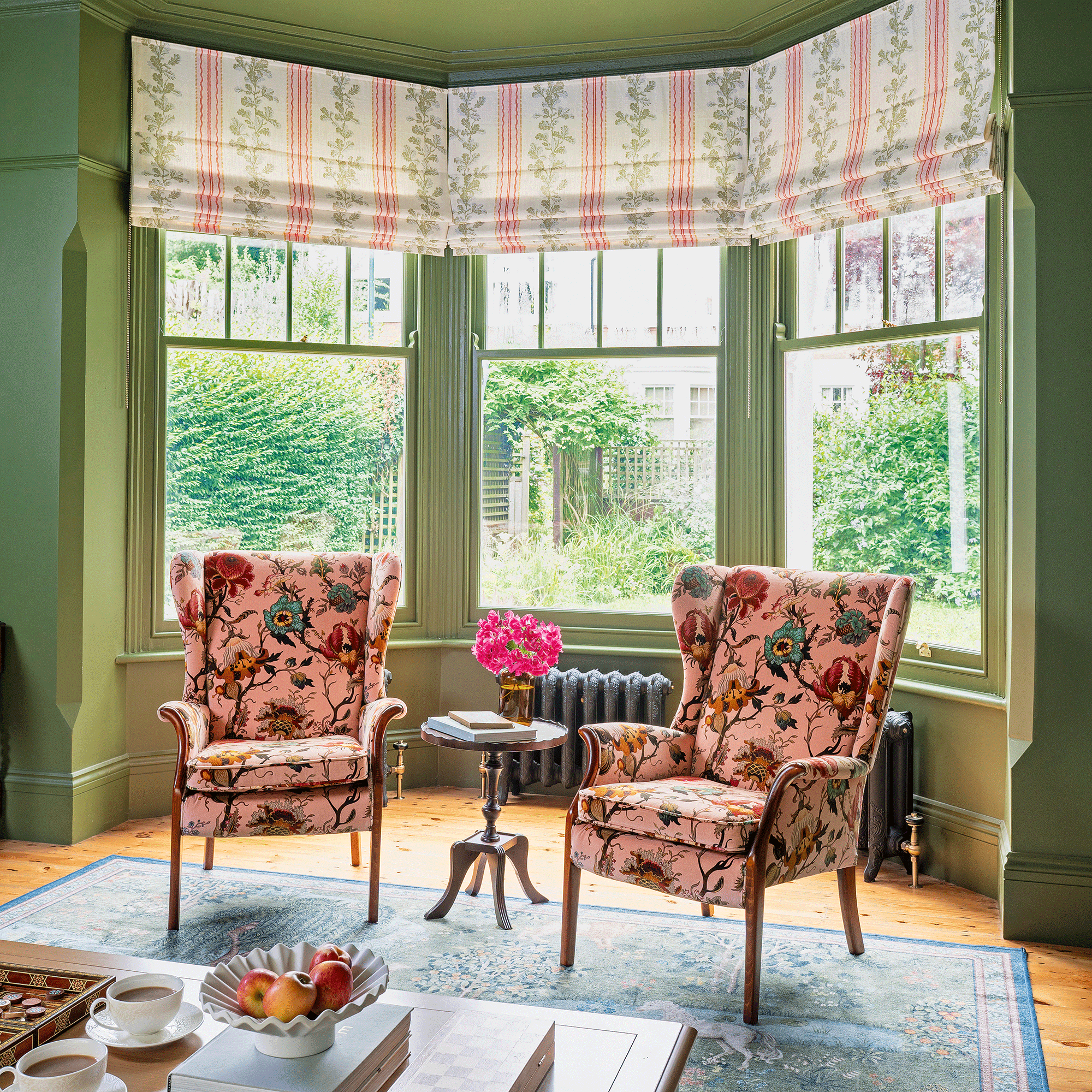 A strict colour palette and vintage finds have turned this semi-detached Edwardian house into an elegant family home
A strict colour palette and vintage finds have turned this semi-detached Edwardian house into an elegant family homeSticking to a three-colour palette of green, pink and yellow and mixing in plenty of vintage furniture and art has created an authentic period feel
By Stephanie Smith
-
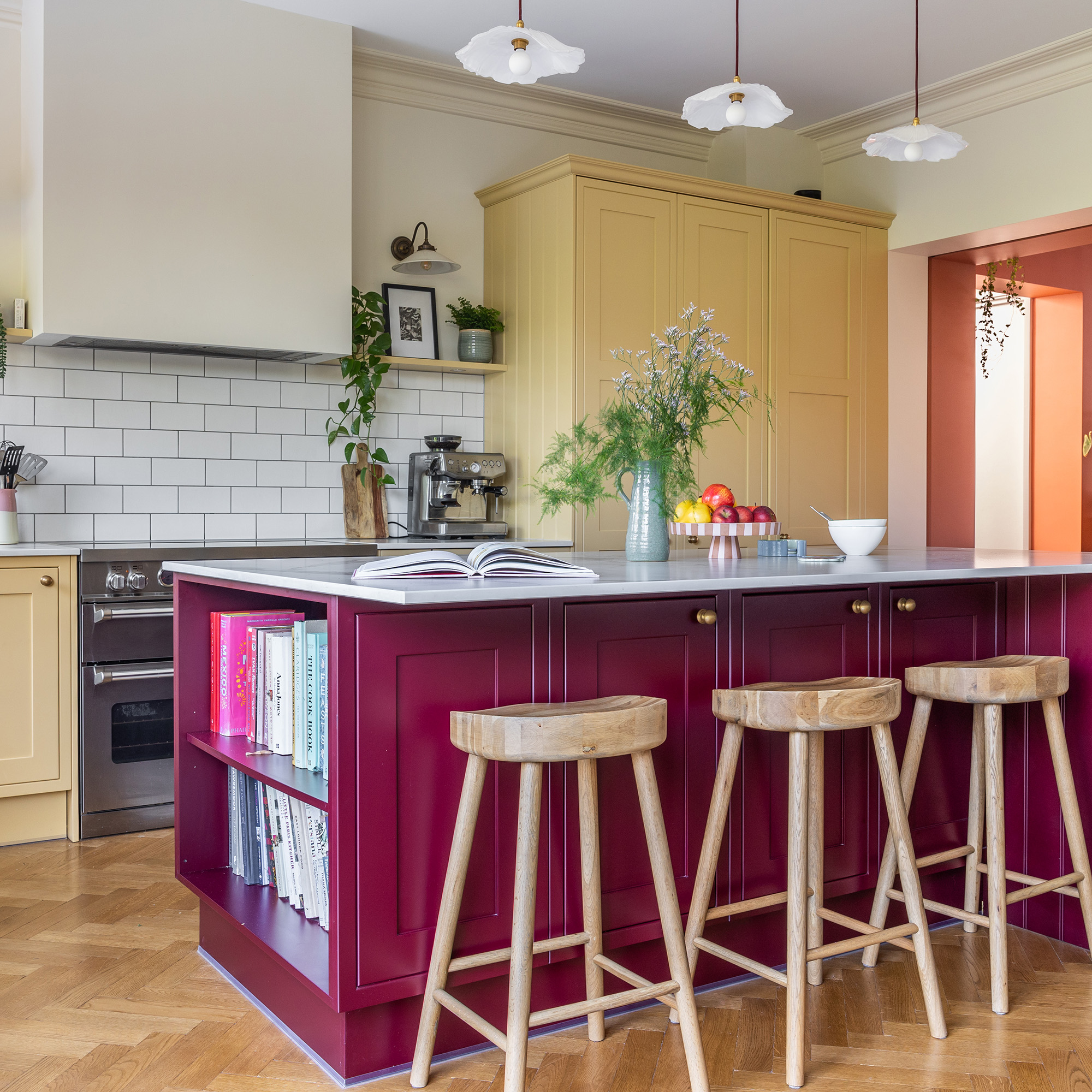 A top-to-bottom renovation has turned this Edwardian house into a lovely family home
A top-to-bottom renovation has turned this Edwardian house into a lovely family homeWith a few considered structural changes, this period house has been turned into a family home and has created a sanctuary for years to come
By Maxine Brady
-
 How to heat a conservatory
How to heat a conservatory7 practical options to consider for year-round comfort
By Amy Reeves
-
 Shoppers can’t get enough of The Range’s lemon tree, but I’ve found an even cheaper bestseller at B&Q - it’s perfect for a Mediterranean look
Shoppers can’t get enough of The Range’s lemon tree, but I’ve found an even cheaper bestseller at B&Q - it’s perfect for a Mediterranean lookWelcome the summer with this glorious fruit tree
By Kezia Reynolds
-
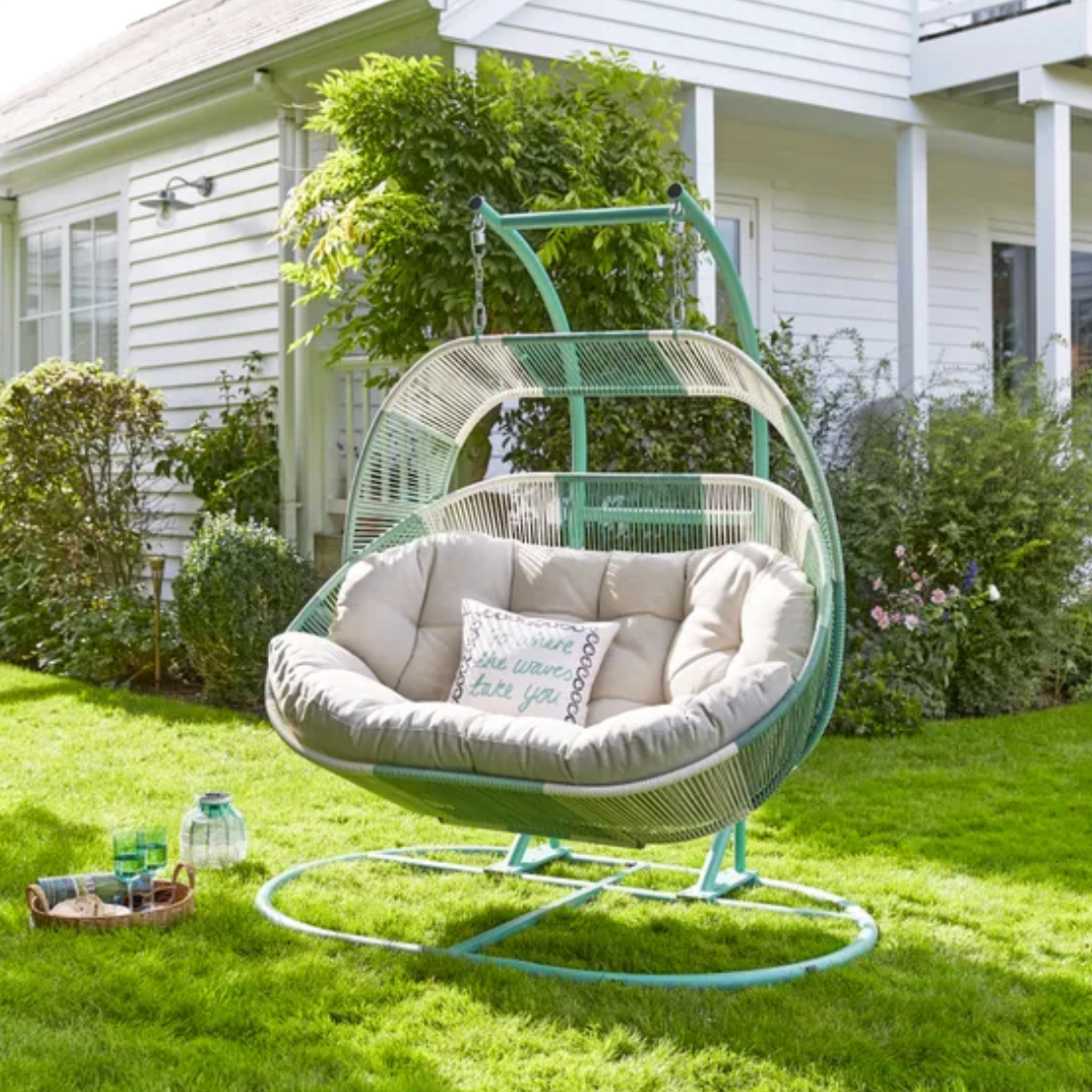 I'm a stylist with an eye for expensive-looking high street finds – these 6 garden furniture pieces at Dunelm are on my radar
I'm a stylist with an eye for expensive-looking high street finds – these 6 garden furniture pieces at Dunelm are on my radarThese pieces all look more than their price tag
By Laurie Davidson
-
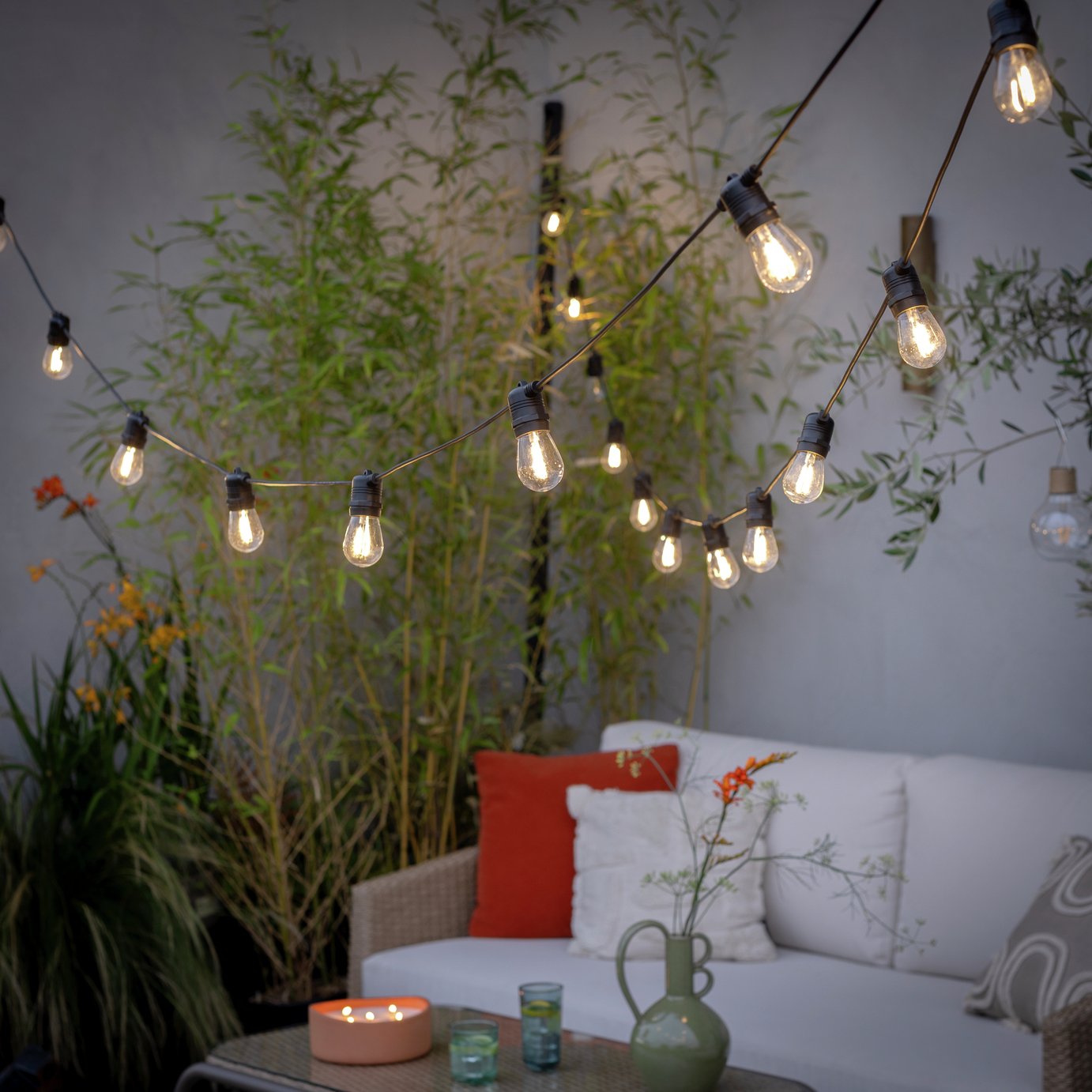 The 6 outdoor lights from Habitat that I'm choosing between to make my outdoor space look more expensive this summer
The 6 outdoor lights from Habitat that I'm choosing between to make my outdoor space look more expensive this summerI couldn’t believe some of the prices
By Ellis Cochrane
-
 Aldi is launching a £200 day bed with four different features - its sleek design is suited to the whole family
Aldi is launching a £200 day bed with four different features - its sleek design is suited to the whole familyYou don't want to miss out on this Specialbuy
By Kezia Reynolds
-
 I’m seeing pastel garden furniture at all my favourite brands this spring, but QVC’s sorbet collection impressed me the most
I’m seeing pastel garden furniture at all my favourite brands this spring, but QVC’s sorbet collection impressed me the mostFresh pastel shades are a great way to liven up your outdoor space
By Kezia Reynolds
-
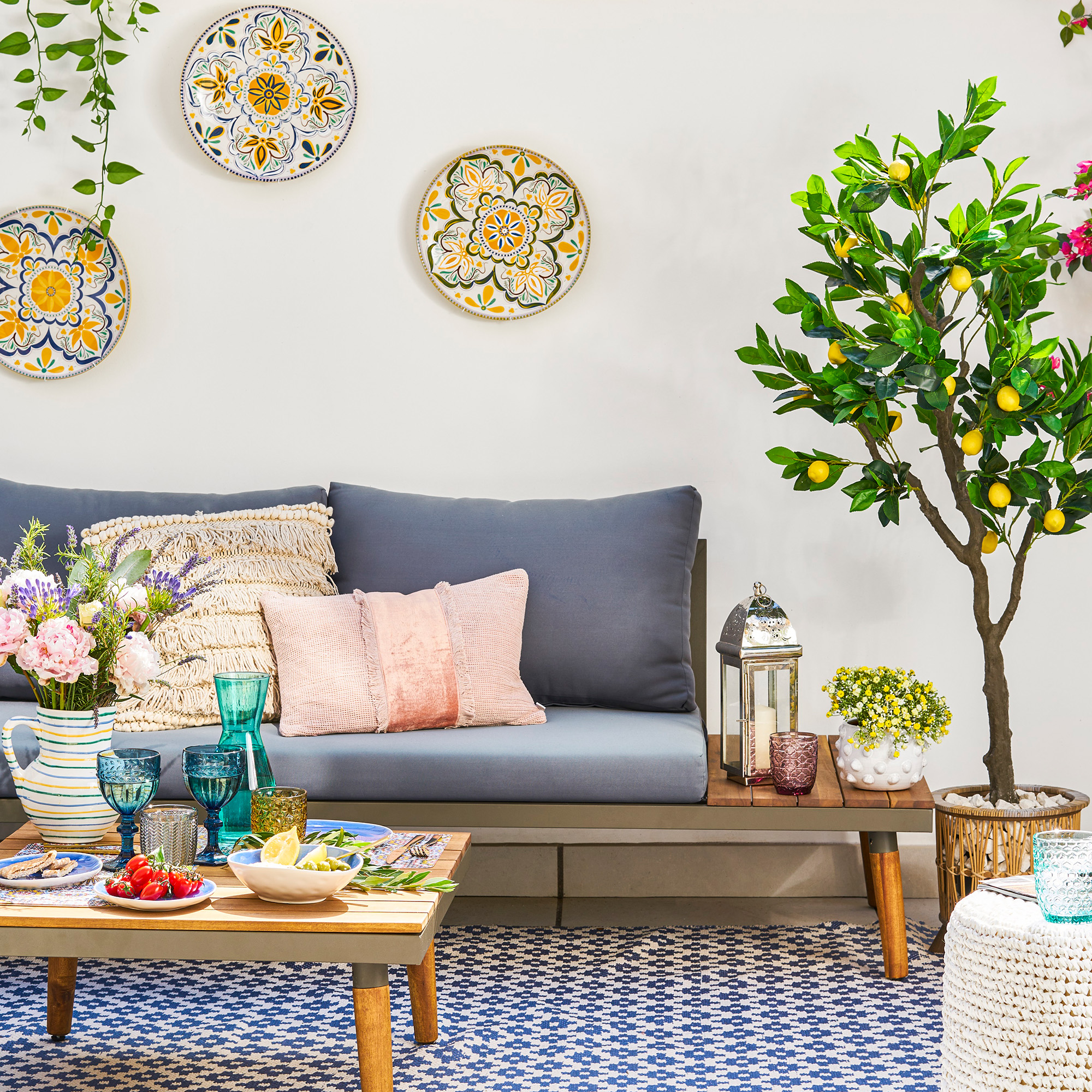 I spent the afternoon looking through Wayfair's garden sale – these are the 6 pieces I'm buying immediately for summer
I spent the afternoon looking through Wayfair's garden sale – these are the 6 pieces I'm buying immediately for summerThese are my must-have garden buys from the sale
By Holly Reaney
-
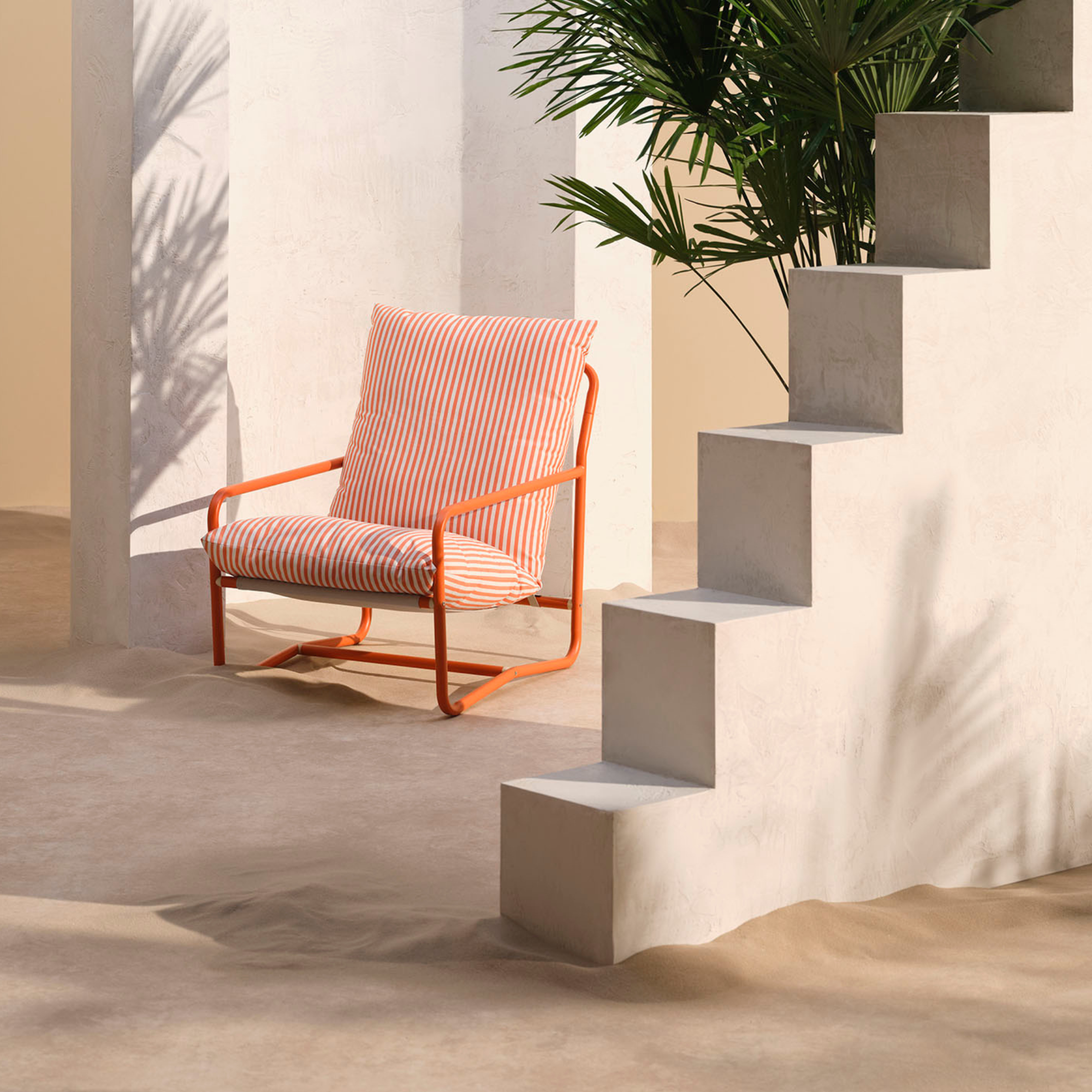 I’ve found the perfect alternative to John Lewis’ sold-out striped garden chair – and you won’t believe where it's from
I’ve found the perfect alternative to John Lewis’ sold-out striped garden chair – and you won’t believe where it's fromJohn Lewis' Sling Garden Chair is one of the most stylish pieces of garden furniture I'd seen – until I tracked down this QVC lounge chair...
By Kezia Reynolds
-
 Lidl is selling a smart tiered planter that will unlock extra planting space in a tiny garden or balcony
Lidl is selling a smart tiered planter that will unlock extra planting space in a tiny garden or balconyWhy I've been eyeing this planter up for my tiny garden
By Kezia Reynolds
